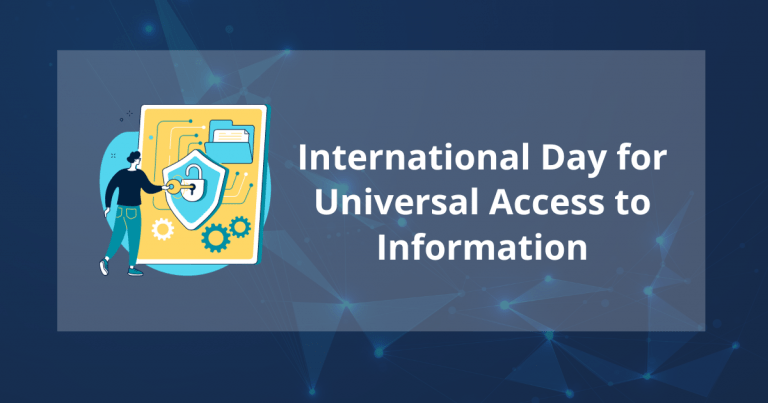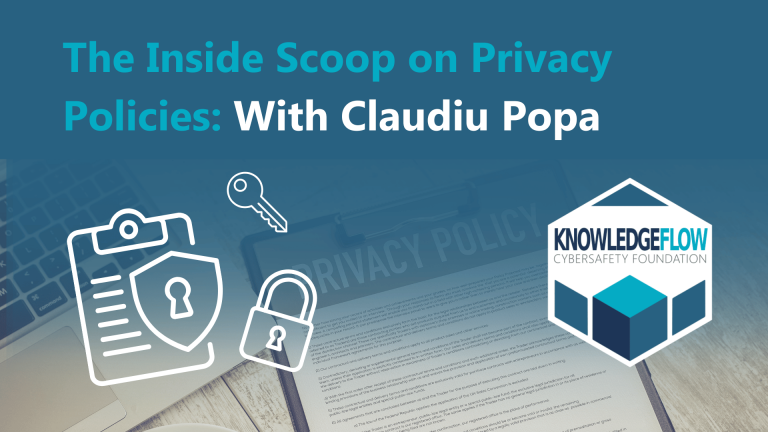Identity Management: 4 ways to Protect Your Online Identity
First launched in 2021 by the Identity Defined Security Alliance (IDSA) and the National Cybersecurity Alliance (NCA), Identity Management Day aims to educate and spread awareness about the importance of managing your digital identity. With so many of our daily activities occurring online, your digital identity is significant. Just as your offline identity is shaped by your habits, experiences and character traits, your digital identity works the same way. However, your digital identity information is constantly collected and stored online, bringing the risk of identity theft, unauthorized access, and other cyber threats. Being aware of and properly managing your digital identity allows you to mitigate these risks.
What is “digital identity”?
Your digital identity is tied to your digital footprint and is made up of several components that work together to represent who you are online. Including:
- Personal Identifying Information (PII): including your name, address, date of birth, social security number, email address, and phone number.
- Digital Credentials: such as usernames, passwords, PINs, and answers to security questions.
- Biometric Data: fingerprints, facial features, and iris scans confirm your identity when accessing your devices.
- Device Identifiers: IP addresses, MAC addresses, and unique device IDs.
- Behavioral Patterns: such as your typing rhythm, mouse movements, or browsing patterns which are unique to you.
- Online Personas: that you may adopt on various platforms including social media, forums, and gaming sites.
Importance of identity management
Failing to manage your online identity effectively can have damaging consequences for both individuals and organizations. One of the most common outcomes of poor identity management is identity theft, occurring when personal information is stolen and used to commit fraud or other crimes. Inadequate identity management may also lead to financial loss, damage to your reputation, compromised data, or loss of privacy.
How to manage your digital identity
Properly managing your digital identity is the best way to reduce the risk of identity theft and other threats. To ensure that your digital identity is protected, adopt the following security practices:
- Generate and store strong passwords using a password manager and enable Multi-Factor Authentication (MFA). These steps will increase account security and protect your accounts from unauthorized access.
- Monitor activity on your accounts for any suspicious login attempts or activity.
- Be careful what information you share online. Only share what is required and be aware of social engineering tactics and phishing attempts.
- Keep your device up to date and back up data regularly.
Conclusion
Online identity management is an essential component of cybersafety and privacy today. By protecting your digital identity, you are protecting yourself from identity theft and other attacks. Identity Management Day reminds us of the significant role that our digital identity plays in our lives.







